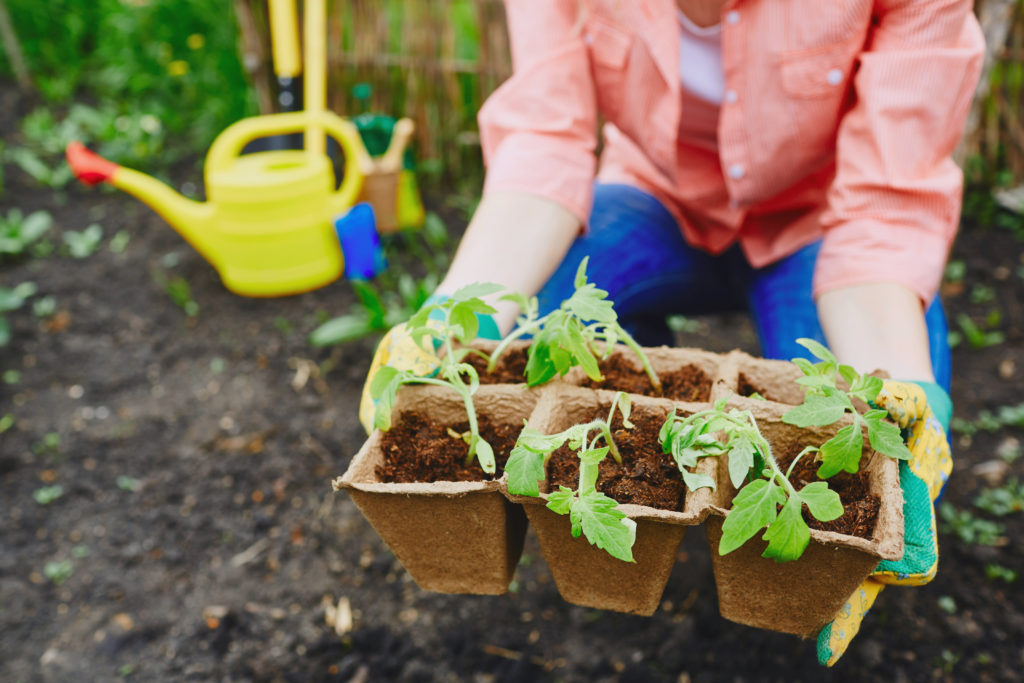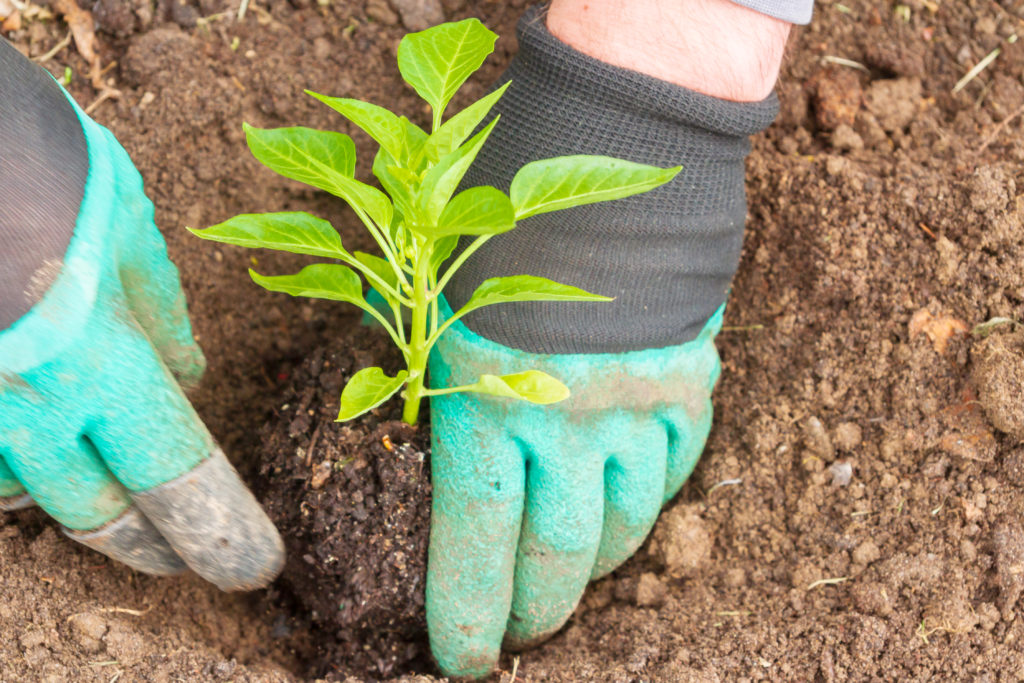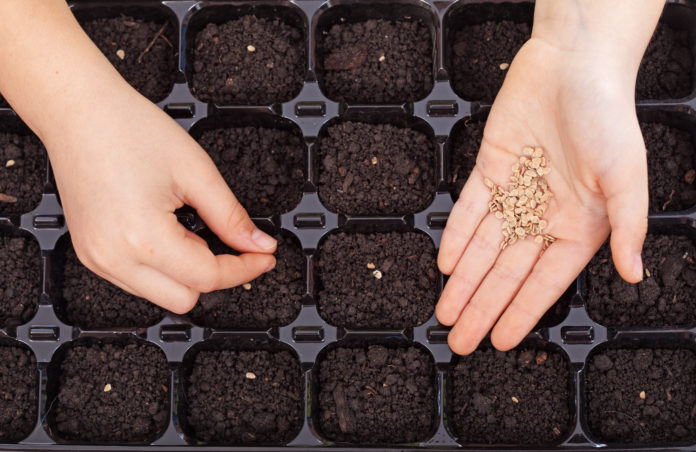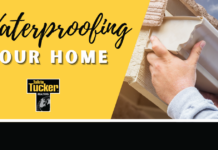Don’t judge each day by the harvest you reap, but by the seeds that you plant. —Robert Louis Stevenson
A few weeks ago, we talked about houseplants because it was too early to talk about outdoor gardening season. But now, the time is right for making initial plans for starting your outdoor garden, especially if you are wanting to start your own plants from seeds, which takes time, patience, attention, and well…luck.
You might be wondering…”what does all of this have to do with real estate?” Well, at face value, not much. However, anything we can do to improve our quality of life in our homes makes a difference to our entire community. Vegetables are good for us. Playing in the dirt is good for us. Sharing the spoils of our garden with friends and family spreads love. Teaching our families about where food comes from creates lasting memories and good habits. So, you see, planting seeds creates a multitude of benefits to you and your home.
Some seeds can be started outdoors right in the ground. Other seeds, however, need to be started indoors and carefully nurtured to get a strong start until the weather is reliably stable and warm to move them into the ground (or containers) outdoors.
Starting seeds indoors for outdoor gardening
Sure, you could just wait another month or so and pick up seedlings from a garden store, but starting seeds at home has a few advantages. Not only is starting your plants from seed cheaper than buying seedlings, but seeding your own plants gives you more options in picking which varieties you want to grow. Additionally, plants you sprout at home are potentially going to be healthier than plants you buy at a garden store.
You will want to schedule your seed planting by calculating backward from the last typical freeze date for your zone. Here in Evansville, we are in zone 6, and our last freeze date is usually around April 8. Jasper and Vincennes are in zone 6a, and since they are farther north, their last freeze is closer to April 19. HOWEVER, while these dates are good for determining when to plant your seeds, you may want to avoid setting out plants until several weeks later, as sometimes we can get late freezes all the way to the end of April. Many of us here at F.C. Tucker Emge REALTORS® avoid putting annual flowers in the ground until after Mother’s Day, which is always the 2nd Sunday of May. Better safe than sorry.
Get Organized!
Decide what seeds you want to start, pick them up from your favorite garden store, and then start organizing yourself and gather the rest of your supplies.
- Organize seed by weeks when you need to plant them, usually 6-8 weeks before the last frost. We are starting our tomato, pepper, basil, and parsley seeds this week.
- Use high quality seeds and follow directions on the seed packets.
- Gather your containers. You can be creative with what you use and feel free to repurpose old containers. We even save old seedling six packs for this purpose. Among other things, you can use: yogurt cups, egg cartons, paper cups, fancier trays, Toilet paper rolls, newsprint pots, plastic fruit clamshells. Be creative and think outside the box!
- Gather your soil: Buy soil specifically formulated for seedlings, fresh and sterile.

- Make sure you clearly mark which seeds are where. You think you’ll remember, but you won’t and with little seedlings, sometimes it is hard to tell what is what.
- Use a mister to water the tiny seedlings to keep the soil moist but not soggy.
- Feed seedlings liquid fertilizer a few weeks after germination until transplanting outdoors.
- Seedlings need plenty of light, so set near a window and rotate pots for equal exposure.
After the initial planting

Pro tip: Be careful not to spill the containers. We speak from experience…whether you have them inside where a wandering elbow could knock them over, or have placed them outside to get some fresh air and the wind comes along and blows them over, treat your seeds and their vessels with a lot of TLC. You don’t want to have to start over again.
- Thinning seedlings: With fair warning, thinning seedlings might break your heart a little bit. Since you probably put several seeds in each pot, if they all germinate, they will end up competing with each other for resources. You must thin them by removing all but the strongest plant. Thinning improves circulation thus preventing fungal disease. Make sure to do it early enough so you don’t damage intertwined root systems. It will be easier to remove the unwanted plants intact by making sure the soil is damp before proceeding. Seedlings should have at least two pairs of true leaves and be about 3-4 inches tall before thinning. Allow about 2 inches of space between plants.Best to do it in the evening, to give the remaining plants times to “recover.” If you are super careful and your heart just can’t take the trauma of disposing of the extracted seedlings, you can transplant them to their own private pot and see if you can salvage them, and thus maximize your plant census.
- Move outdoors gradually: This is called hardening off. If you put the delicate seedlings in the ground without hardening them off, you will probably shock them and they will die very quickly. What a shame that would be! To make sure your seedlings are strong enough to survive a move to their outdoor plot, place the seedling containers in a protected spot outdoors (away from gusty winds that could blow over the pots and cause spillage) for a few hours every day for about a week before planting them outside. Start out with just an hour of exposure, and then extend the time over the course of 7-10 days. Beware: time outside in their pots will dry out the plants more quickly, so check their soil before and after the outdoor exposure.

- If possible, transplant the plants into the ground (or into larger containers) on an overcast day so that they don’t dry out and get burnt by the sun. At the very least, planting them in the early morning is the best strategy.
- Make sure the plants are large enough before moving to their new homes. They need to have a couple of sets of true leaves. For example, tomato plants have very distinct looking leaves. The plants should be tall enough to have several pairs of leaves that can easily identify the plant.
- Have all the new holes dug before you remove the plants from their containers. You want to minimize their time out of the soil to prevent shock.
- Lastly, as always, be extremely gentle with the little seedlings.
Final Thoughts
Everyone loves different types of vegetables, so you can curate your own garden based on your personal preferences. Here are just a FEW of the types of vegetable that do well when started from seed indoors:
- Broccoli
- Tomatoes
- Peppers
- Cabbage
- Lettuce
- Cauliflower
- Eggplant,
- Green beans
- Cucumbers
- Summer squash (zucchini)
However, Some seeds do better when they are directly sown outdoors, once the danger of frost has passed:
- Beets
- Carrots
- Kale
- Peas
- Radishes
- Turnips
- Spinach
- Arugula
- Corn
And don’t forget the herbs…what are fresh vegetables without fresh herbs to dress them up? You can start herbs from seed too, and we have had great luck with the following:
- Basil
- Mint
- Tarragon
- Parsley
- Rosemary
- Chives
If you’re lucky, some of these will winter over and will be ready for you next year. Others, like basil, you will need to re-seed every spring.
You can find loads of information (maybe even more information than you want!) by scouring the internet for your specific questions, but these were two sources we’ve found to be super helpful.
https://www.therusticelk.com/category/gardening/
https://www.almanac.com/starting-seeds-indoors-how-and-when-start-seeds#
Once your plants get larger, their needs will continue to evolve, so keep up the research and learning, for the best ways to stake tomatoes, support beans and peas, and control sprawling melon and squash vines, etc. And remember, if your adventure in starting seeds is a total failure, that is why we have wonderful farmer’s markets. We can’t wait to hear your gardening stories!




